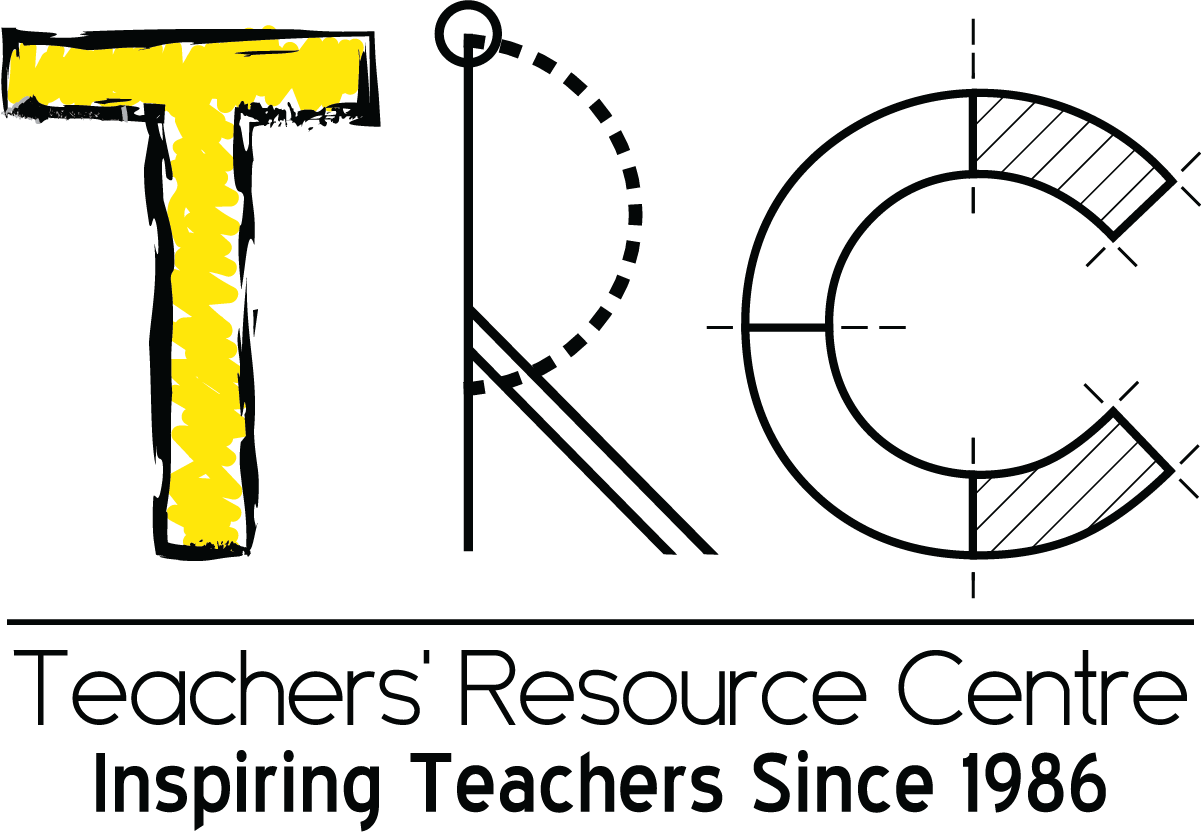No products in the cart.
A Day in the Life of a Primary School Teacher
From playing mediator to doing acrobats with the children, Primary School teachers are expected to wear several hats and also deal spontaneously with the challenges that are part of a day’s work for them. In this article, a Primary School teacher Saima Shiraz discusses interesting details from her day, the things children do and say, and her reasons for becoming a teacher.
The moment the children see me entering school they rush towards me, offering to carry my bag of notebooks. All along the two staircases and three or four corridors that we pass on the way to our classroom, they share their stories and ask me hundreds of questions and also compliment me. They greet and welcome me with bright smiles and an infectious enthusiasm for the exciting day ahead, motivating me even more to make sure I make a difference in their lives.
Seizing the day
We begin the day with the tilawat (recitation from the Quran) and then I mark their attendance. While taking attendance I usually ask them who is missing and they tell me the names of the children who are absent straight away. We plan the day and write it on the board so that they are aware of how the day will be spent. It makes the transition between the activities smoother and the children take ownership of their decisions and have a sense of direction during the day.
For me, one of the most exciting times is the ‘News and Messages Time’, which is usually on Mondays; during this time the children share how they spent their weekends. They talk about
While they share these events, I can often feel their voices and their bodies shaking and sometimes see tears in their eyes. This is where as a primary school teacher I believe I have to ensure that children can come to some sort of understanding about these aspects of life and feel strong enough and supported enough to handle them as best they can.
Learning by doing
Our school believes in an active learning approach for young children. Children learn and draw conclusions about the world around them through hands-on experiences. They learn by doing things. Activities are planned in such a manner that a new idea is actually experienced by the child so that she can draw her own conclusions about it. This methodology empowers children to make decisions, choose wisely, solve their own problems, and it also provides opportunities for group interaction and peer learning. We do not follow a particular textbook and instead have a class library where children can read and explore the things around them. We encourage children to read a lot as we feel that it enables them to learn things on their own. As a teacher my job is to equip them with the skills needed to learn, eventually empowering them to become self-reliant, independent learners.
It is also interesting to see young children using technology to enhance their knowledge. They occasionally use gadgets such as laptops, computers and smartphones to look for information about a topic of interest. They are guided and facilitated by the adults in the classroom. But it is really interesting to see how well and responsibly the children use technology and gadgets.
The three core principles: Plan-Do-Review
A favourite part of the daily routine is the PDR segment. PDR stands for Plan-Do-Review. During the PDR segment children select one of the learning centres where they will think, plan and work with the materials there. These learning centres include the Art and Craft Centre, the Numeracy Centre, the Language and Literacy Centre and the Exploring Centre.
The children love going to the Arts and Craft Centre as it gives them the space for creative 
In the Language and Literacy Centre they become little authors and write stories, autobiographies and poems. They also enjoy role-playing … many social-emotional experiences and issues are re-enacted by the children in this centre. I remember a bullying incident in our class. This little victim of bullying resolved the issue by talking to the offender and finally making her a good friend through role-play. That is conflict resolution for you!
Another little role-play was one in which a stranger was following two friends and how they came inside a restaurant to tell their parents. These little plays are based on their families’ daily routines, their friendships, and the safety measures taken at home and outside the home and also on cleanliness and hygiene. Through pretend play, children express themselves and provide a platform for all the children to learn something collectively.
In the Numeracy Centre the children love working with the blocks. They build a wide range of buildings and structures. From a garden to a five-bedroom luxury apartment, from bridges to airports, the children plan and build the infrastructure and then label it. Like little architects they design and like little engineers they build what they have conceptualised!
In the Exploring Centre children use globes, magnets, and magnifying glasses to find out 
The PDR segment develops a very important skill in our children and that is to plan an activity, then follow through with it and then to review whether the plan was actually workable or not. And if it was not, to review what it was that didn’t work. It’s a daily life skill where we plan our days, reflect on them and finally base our decisions on the basis of the experience and the knowledge we gain. This segment also teaches children that certain things belong in certain parts of the classroom and they need to be put back in their proper places.
At Home Time we review the day and organise the furniture so that the classroom is ready for the next day. Their laughter and their giggles end the day along with lots of goodbyes and ‘see-you-tomorrows’.
I’m a teacher, I’m an actor, I’m a caregiver, I’m a …
As primary school teachers, we play a vital role in the lives of our students. A day spent with young children can bring on a lot of challenges, opportunities and teaching moments. We have different tasks each day and new challenges almost every minute. As a teacher we play many roles and also end up being role models for our students. They look up to us when they are ‘fighting’ with their friends, expecting us to be the arbitrators. They show us their little wounds knowing that we are also their caregivers. They also expect us to be active listeners, who are expected to hear even the things that they have not said! I find it endearing that they expect us to be superwomen, who can do some sort of magic. We act as their auditors who check their work to ensure quality and note their improvements. We act to improve their acting, we become acrobats to help them jump and move. They look up to us for fair decisions and equality. We sing with them, laugh with them and most importantly we learn and grow with them. I learnt about Facebook when one child in my class exclaimed, “Ms Saima you are not on Facebook!” So yes, here the roles were reversed.
I never knew how much I could influence these young minds, until I met my mentor Mahenaz Mahmud and went through the best kind of education and training when I enrolled in the ECE Certificate Programme at the Teachers’ Resource Centre. This training helped me become a reflective person who reflects on her behaviour and decisions. It also made me into a person who reviews her work daily and realises the enormity of her responsibilities as a teacher. I realise I have the power to influence future generations to become active citizens who will face challenges boldly and turn them into opportunities. I am acutely aware of my responsibility as a primary school teacher and that every single day counts.
Saima Shiraz is a graduate of TRC-IECE. She was in the 2009-10 cohort and currently teaches Grade 3 at the PECHS Girls’ School.
June 2015

